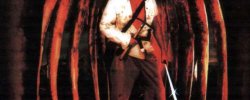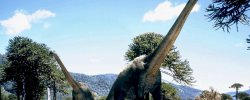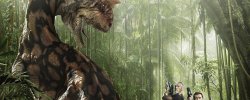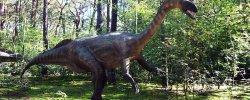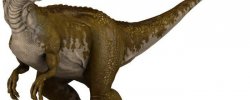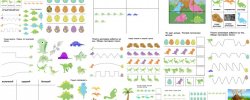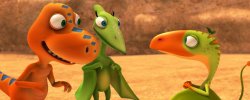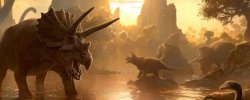Prey Grassy Dinosaurs
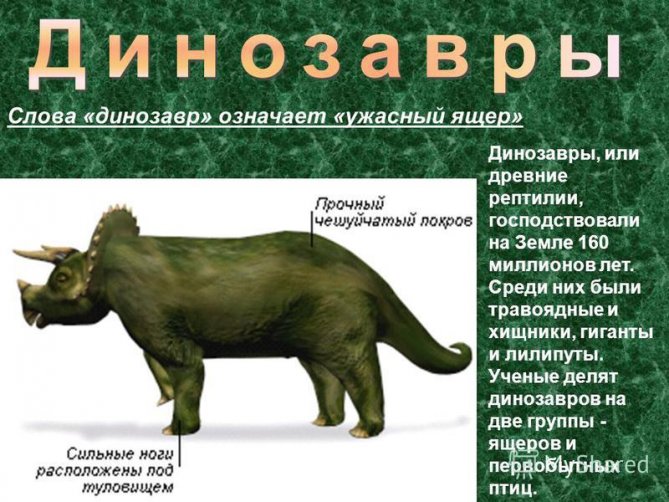
The authors of a religious film on the dinosaurs of the Park of the Jura period have managed to deal with one important feature of ancient lizards: cyclists, negligible predatory double-dinosaurs, were actually hunted at night. Driving dinosaursthe victims were able to feed 24 hours a day. Such findings have been made by looking at the eyes of animal minerals. I publish a magazine from California University in Davis.
Thus,
The prevailing view that the night in the dinosaur era was the time of small mammals, and the lizards were activated only in the day, was incorrect.
" This is surprising, but our discovery is backed by firm evidence and important " , noted by Professor of Geology of the University of California, Ríosuke Motani, one of the sponsors.
The study also describes the impact of the environmental situation on the evolution of animal body morphology over tens of millions of years. All this important information contains the remains of the eye of the extinct dinosaurs.
The eyes of dinosaurs, ordinary lizards and birds have one important distinctive feature: their pupils are surrounded by bone areas known as the " clerical ring " .
No more highly developed crocodiles or mammals have such a structure. Motani and Lars Schmitz, an environmental specialist, measured the internal and external dimensions of the ring as well as the size of the eyebrows in 33 dinosaurs, ancient birds and pterosaves. The same measurements were made for 164 current species.
The eyes of day animals, which are significantly reduced at night, have a small cheek in the middle of the ring. Night animals have a bigger size than that. The size of the cheeks is intermediate in round-the-circuit animals.
The parameters of this structure also depend on the environment (environment) and on the inheritance (filogenes). For example, two ancestry animals will have a similar form of eye, even if one of them leads to a nightly lifestyle and another day. In this case, inheritance plays a decisive role. So it's not easy to type animals in lifestyles with this parameter.
Schmitz and Motani developed a special algorithm to distinguish the “environmental” signal from the “filogenetic” signal. Using established software, they were able to describe the way of life of the ancient Earth.
Initially, the programme introduced 164 current living organisms for which daily rhythms are tested and well known.
An analysis of the results of the encryption revealed that the programme accurately predicted the type of daily activity of an animal in terms of scleral ring parameters.
